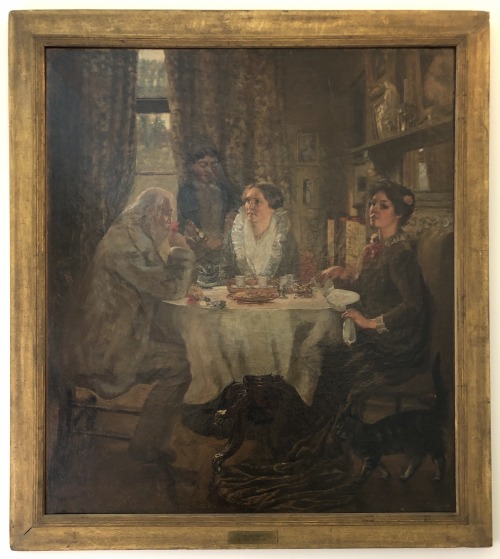#waltwhitman
Walt Whitman (1819–1892).
O how your fingers drowse me!
Your breath falls around me like dew—
your pulse lulls the tympans of my ears;
I feel immerged from head to foot;
Delicious—enough.
Walt Whitman (1819–1892).
Beautiful dripping fragments—
the negligent list of one after another,
as I happen to call them to me,
or think of them,
The real poems,
(what we call poems being merely pictures,)
The poems of the privacy of the night,
and of men like me,
This poem, drooping shy and unseen,
that I always carry,
and that all men carry,
I deeply hope I never live to become disentranced by the magic of flying…
‘O to speed where there is space enough and air enough at last!’ — Walt Whitman
Post link
STRANGER! if you, passing, meet me, and desire to speak to me,
why should you not speak to me?
And why should I not speak to you?
This poem by #WaltWhitman titled “To You ” always reminded me . In this world if we are not conversing , we always be strangers and there’s no connection . So say hi to person sitting next to you in this grey coach called life . So you can fill some Colors . Remember that . Hi ❤️ #poem #Delhi #sodelhi #dfordelhi #India #ifoundawesome (at Hauz Khas Metro, हौज़ खास)
Post link
“Walt Whitman’s Gift,” a recent essay published by Lapham’s Quarterly, explores the importance of a painting titled “The Tea Party” owned by the Kislak Center. One of three paintings by the London-born artist Herbert Gilchrist held here, “‘The Tea Party’ dwells in a nebulous state of suspended conversation. No one looks at each other … In a posture of still meditation, Walt Whitman smells a red flower.” Professor Don James McLaughlin argues that, “among Gilchrist’s and Whitman’s friends at the time of the painting’s creation, 1882–84, the import of the scene would have been inseparable from the story of Herbert’s notably absent older sister, the widely connected and beloved physician Dr. Beatrice Gilchrist.” Created in the years following Beatrice’s sudden death, “The Tea Party” echoes a feeling the doctor’s mother distilled in her epitaph: “Faithful unto Death. Many hearts mourn her. In her short career did she by skill, tenderness, and unwearied devotion to duty bring healing and comfort to many both here and in America.” For more on the life of Beatrice Gilchrist and the significance of “The Tea Party,” you can find the essay “Walt Whitman’s Gift” at: www.laphamsquarterly.org/roundtable/walt-whitmans-gift
Post link



